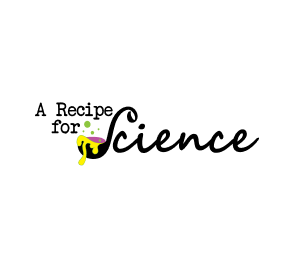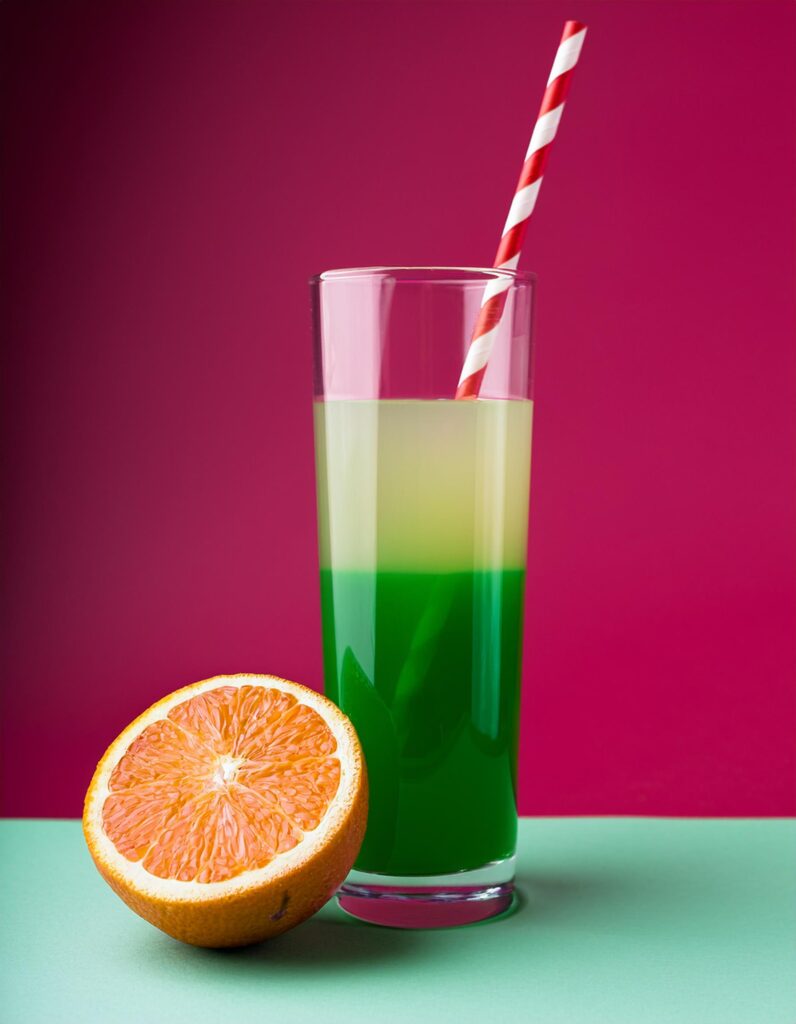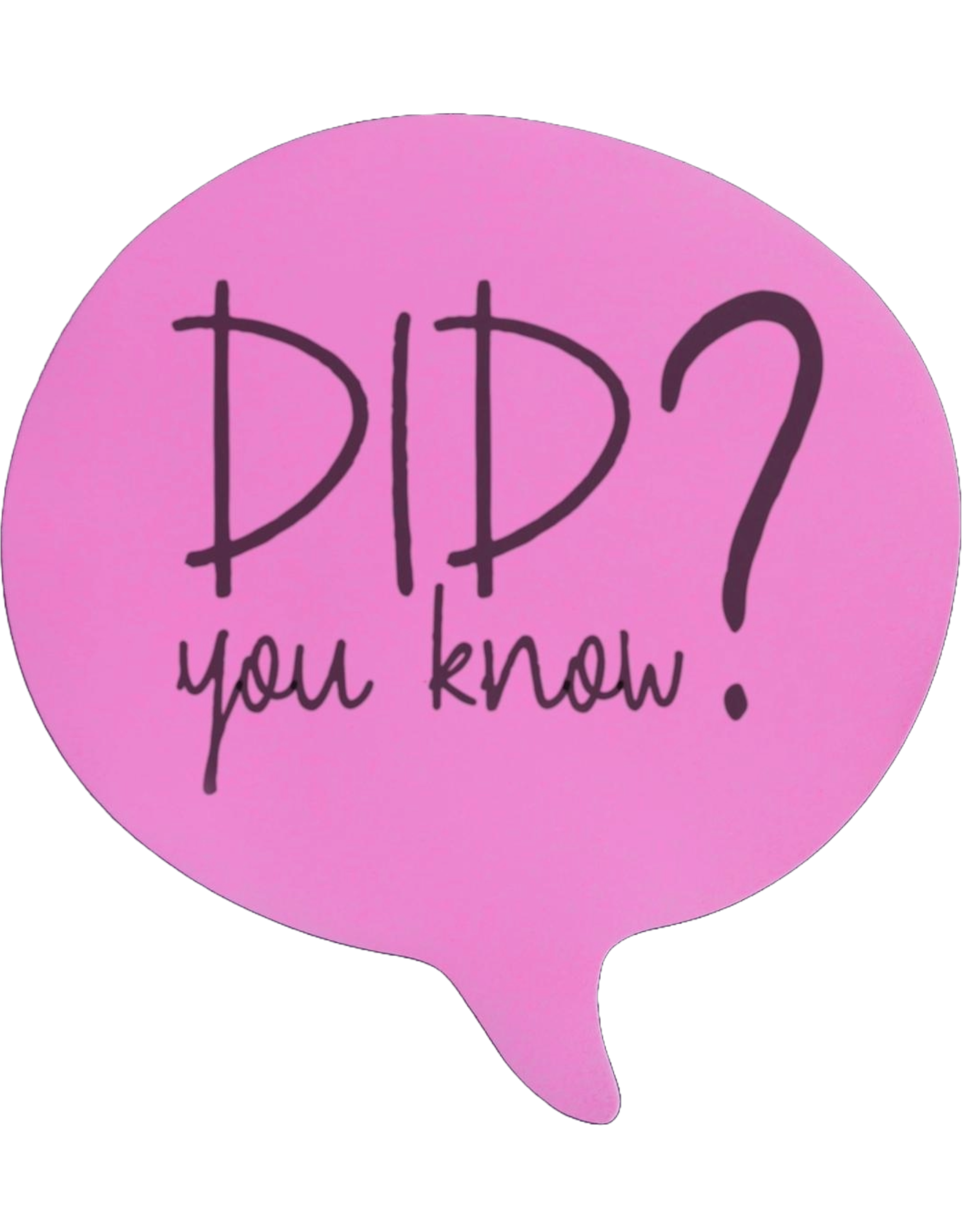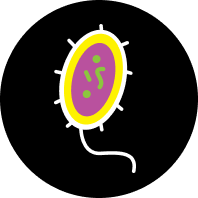



Ever wondered if your eyes can fool your tongue? Picture this: you’re drinking a bright red juice, but it tastes like lemon! This food science experiment lets kids explore how colors can influence what we taste, creating a fun sensory experience they won’t forget. Kids love food, colors, and surprising results—this simple experiment blends all three for an unforgettable learning adventure. Plus, it’s an easy activity using common kitchen supplies. Perfect for curious minds and little scientists eager to explore how our senses work together!
Whether you’re looking for a hands-on learning activity for a rainy afternoon or a fun food science experiment for elementary students, this one’s a guaranteed hit. Let’s see if color can really change the way we taste!
Through this colorful activity, kids will explore:
This is a fantastic opportunity for STEM learning, science enrichment at home, and developing critical thinking skills—all through playful discovery.
Understanding how our senses work together helps kids appreciate the complexity of everyday experiences, like eating and drinking. This food science experiment highlights how visual perception can influence taste, giving kids the chance to think like real scientists while having fun.
It also introduces ideas from marketing, psychology, and culinary arts—showing kids how colors influence the way we choose and enjoy food. Plus, it encourages them to ask questions, make predictions, and analyze results, building essential scientific thinking skills.
Quick Facts
- Time Needed: 20–30 minutes
- Difficulty Level: Easy
- Best For: Ages 5–11 (elementary school kids)
- Science Type: Biology (Sensory Perception)
- Mess Level: Low
- Materials Needed:
- Clear plastic cups
- Variety of fruit juices or soda
- Food coloring (red, blue, green, etc.)
- Willing participant • Blindfold (optional)
Tip: Most of these materials are common kitchen items, making this experiment super simple to set up!
This experiment dives into sensory science, focusing on how our senses work together to shape our experiences.
Here’s how it works:
Our brains process information from all five senses at once, but sometimes one sense can “trick” another. When we see a brightly colored drink, our brain makes an assumption about its flavor based on past experiences. Red often signals something sweet (like cherry or strawberry), while yellow makes us expect something sour (like lemon).
When kids taste a drink that doesn’t match its expected flavor, they experience a sensory mismatch. It’s a great way to show how visual cues can override our sense of taste—an idea used in marketing, food design, and psychology.
Fun Fact Corner

Studies show that people often rate drinks as sweeter or more flavorful simply because they’re brightly colored—even when the flavor hasn’t changed. This is why candies, juices, and snacks often use bold colors to seem more appealing.
Ask your child: “If color can change how something tastes, what other senses might influence how we experience food?”
Grab your food coloring and fruit juices—it’s time to see how your senses stack up! This food science experiment is a simple, exciting way to bring science into your kitchen.
Pin it for later or share it with a fellow science-loving parent!
Share your results with us on social media @arecipeforscience



Try another hands-on activity: Check out our DNA From Strawberries Experiment for more biology fun!
Let’s make learning fun, interactive, and unforgettable—one science experiment at a time!
This fun experiment falls under Physics, specifically Mechanics. Let’s find out a little more about both.

Imagine life as the world’s biggest, most fascinating puzzle—where every living thing is a piece that fits perfectly into the bigger picture. Biology is the science that helps us understand how all those pieces connect. From the tiniest cell in your body to the tallest tree in the forest, biology studies how living things grow, survive, and interact with their environment.
In simple terms, biology is the study of life—how it works, why it changes, and what makes it so incredibly diverse. Think of it as an adventure into the unknown, where every discovery answers big questions like:
Whether you’re looking under a microscope or observing animals in the wild, biology is all about uncovering the secrets of life.
Check out more Biology experiments.
Biology isn’t just for scientists in lab coats—it’s part of our everyday lives. Understanding biology helps us make sense of the world around us and even ourselves.
Here’s how biology shows up in your daily life:
Biology is everywhere—it’s the science of you, your pets, the food you eat, and the entire natural world.
Biology is a big field, but it’s organized into different branches that focus on specific parts of life. Here are some key areas:
Now, let’s focus on a fascinating part of biology that affects your life every single second—sensory perception.
Sensory perception is how living things use their senses to understand the world. It’s how you:
But it’s not just humans—animals rely on sensory perception, too. Bats use sound waves to “see” in the dark, bees can detect ultraviolet patterns on flowers, and dogs have a sense of smell thousands of times stronger than ours.
Fun Question: Have you ever been tricked by your senses? Think about optical illusions or when you think your phone buzzed, but it didn’t—your brain and senses sometimes miscommunicate, and that’s what makes sensory perception so cool to explore!
Without sensory perception, survival would be nearly impossible. Every living thing depends on its senses to:
For humans, it’s also tied to memory, emotion, and learning. The smell of fresh cookies might remind you of your grandmother’s kitchen, or a song could bring back memories of summer vacation.
In nature, sensory perception is key to survival—whether it’s birds migrating using Earth’s magnetic field or flowers attracting bees with vibrant colors and sweet scents.
Biology isn’t just about cells and lab experiments—it’s about the amazing ways life works all around us. By understanding sensory perception, we see how deeply connected we are to the natural world and to each other.
Click here for the full experiment details. Checkout the main website: Little Bins for Little Hands
Get experimenting!
Feed your knowledge.
Come back for more recipes for science!
This experiment is so simple but can be changed to incorporate either many choices or many volunteers - or both! Have fun with it and don't forget to tally your results. The site provides a printable worksheet for your results.